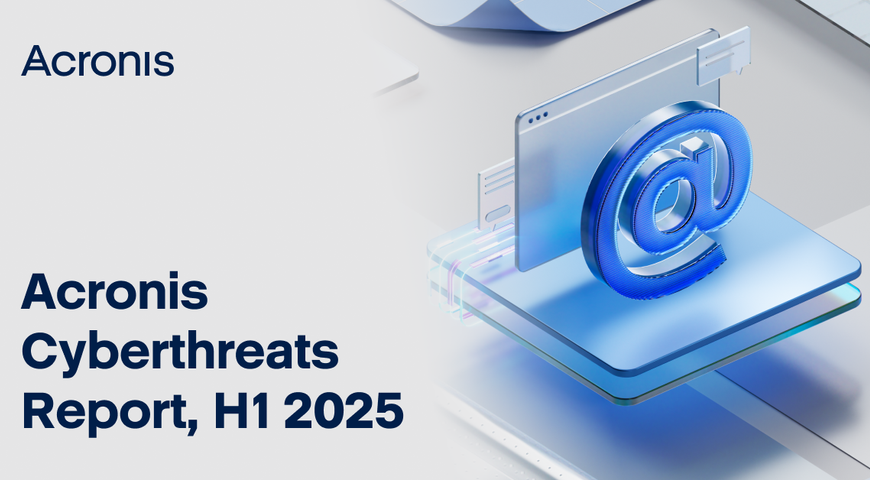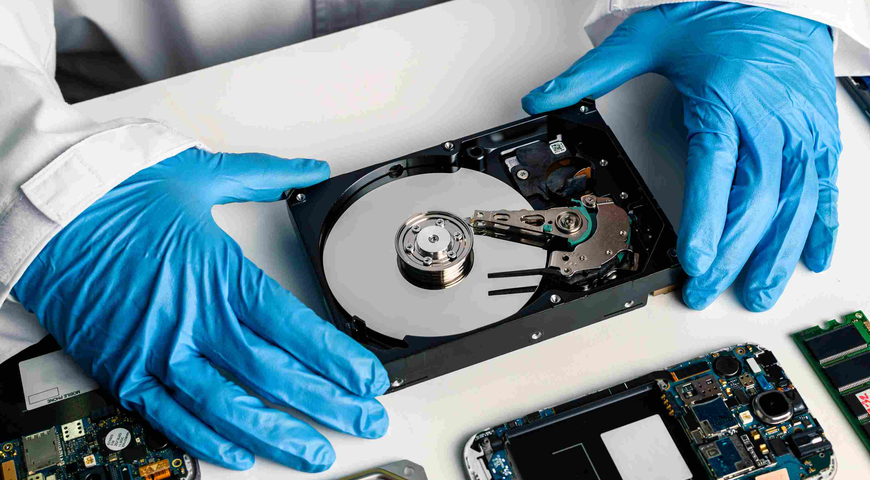This post was written by Mike Hamilton, nScaled Solution Architect…
It used to be the case that disaster recovery was an implied part of the backup process. I say it was implied because the devil really is in the details. Most people would say they had a plan and could recover from an outage but few ever actually tested for the sake of proving the model. The presumption back in the early days was that you could always recover from tape and that if your data was backed up then the ability to recover from a disaster was implied. Given the technologies at the time along with slow WAN connections it was always understood that the concept of disaster recovery using tape was at best going to be a “best effort” kind of recovery.
I remember one instance where a colleague of mine ran a vendor-provided script against a production UNIX server. The script was supposed to perform some fixes on their product only. It turned out however that due to a bug in the script the script started removing the root directory instead of the application subdirectory. Although my colleague initially freaked out a bit, he went to the safe, grabbed a tape, booted from the tape (I kid you not – the tape was bootable), and performed a recovery of the lost data. It was a sterling example of how having a good backup strategy provided a workable disaster recovery strategy. In practice I also think it was the exception and not the rule.
In recent years technology has changed the face of both backup and disaster recovery and in some ways has splintered them into separate approaches. Personally I think this is a consequence of a natural shift – and I believe that the shift is going to mean that backup strategies are going to be a component of a larger disaster recovery strategy rather than disaster recovery being viewed as a side benefit of regular backups.
At nScaled our approach is exactly that. At the core of our offering is disaster recovery. We replicate your servers to our Local Cloud Appliance in your facility and that replica is then synchronized with our Remote Cloud data centers. Our customers decide how often to take snapshots of the changed data and on that schedule the changes (deltas) are also synchronized to the Local Cloud and the Remote Cloud. Whether physical or virtual, the servers can be brought online on the Local Cloud or in the Remote Cloud based on any snapshot. Disaster recovery is taken care of because you can run your servers off of your local snapshot on the Local Cloud or in the Remote Cloud data center. You have control.
As impressive as that capability is, it is easy to overlook the fact that a major part of this solution is taking periodic snapshots of the entire server. What that means is that inherent to the disaster recovery solution itself is a backup solution. Any of the snapshots can be mounted as iSCSI targets and the data recovered from there. The solution covers not only catastrophic failures but also something as simple as restoring a single email message. Our underlying technology has specific support for Microsoft Exchange, Microsoft SQL Server, Oracle, and many other enterprise solutions.
By having backup and recovery as a subset of an overall disaster recovery solution, testing simple data recovery or full system failover is all a part of the same solution. Having access to your data and services is certainly beneficial but you also have access to the engineers on nScaled’s client support team. Our engineers become a part of your team and act as a calm and experienced resource for your staff whether you are recovering from a major disaster or a simple file deletion. At nScaled we are the end to end solution for protecting your data and business continuity.
About Acronis
A Swiss company founded in Singapore in 2003, Acronis has 15 offices worldwide and employees in 50+ countries. Acronis Cyber Protect Cloud is available in 26 languages in 150 countries and is used by over 21,000 service providers to protect over 750,000 businesses.




